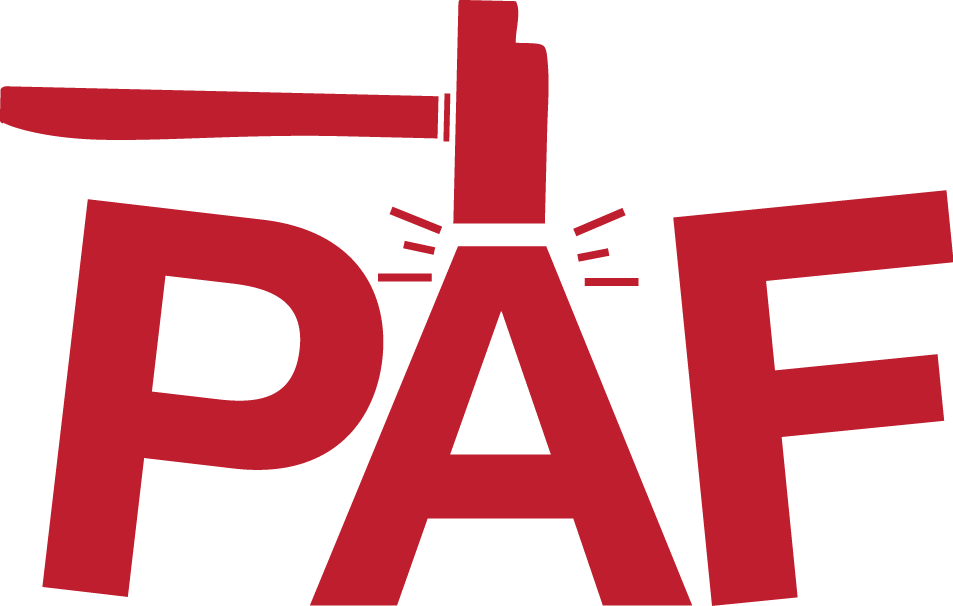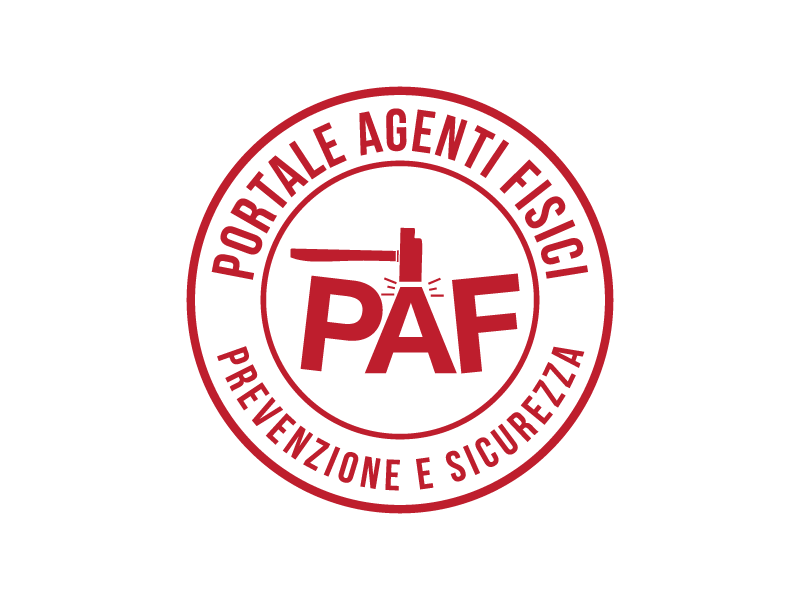Whole-Body Vibration: Risk Description
The Directive 2002/44/EC provides the following definition of whole-body vibration:
"The mechanical vibration that, when transmitted to the whole body, entails risks to the health and safety of workers, in particular lower-back morbidity and trauma of the spine.”
It is well known that different working activities carried out by sitting on transport vehicles or materials handling vehicles expose the body to vibration or impacts that can be harmful to exposed individuals.
Table 3 provides a list of machines or processes that regularly expose workers to vibration levels such as to fall within the scope of current regulations.
Table 3 - Examples of sources of whole-body vibration exposure risk
|
Machinery |
Main usage areas |
|
Scrapers, power shovels, excavators |
Construction, stone, agriculture, mines, dock handling etc. |
|
Breakers |
Stone, construction sites |
|
Tractors, combine harvesters |
Agriculture |
|
Lift Trucks |
Construction sites, industrial and dock handling etc. |
|
Fifth wheel tractors |
Construction sites, industrial and dock handling etc. |
|
Trucks, buses |
Transports, forwarding services etc. |
|
Motorboats, dinghies, boats |
Transports, maritime industry |
|
Rail transports |
Transports, industrial handling |
|
Helicopters |
Civil protection, Police force, etc. |
|
Motorcycles, scooters |
Police force, postal services, forwarding and delivery services etc. |
|
Truck cranes, cranes |
Construction sites, industrial and dock handling etc. |
|
Vibrating plate compactors |
Vibrated concrete, several industrial applications |
|
Ambulances |
Health |








